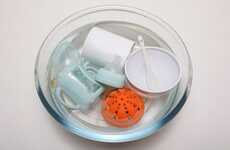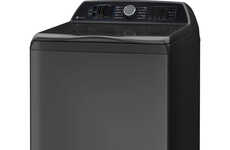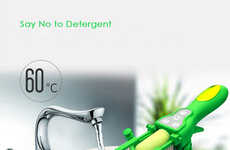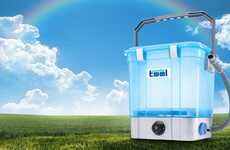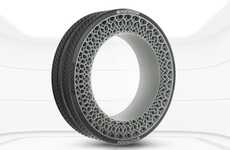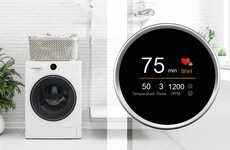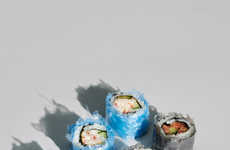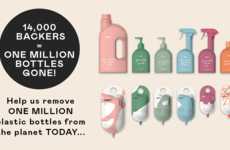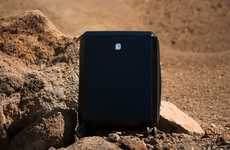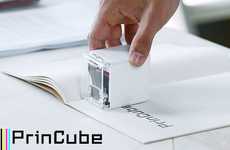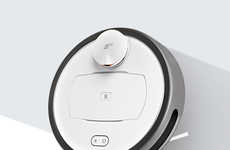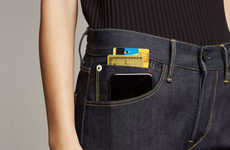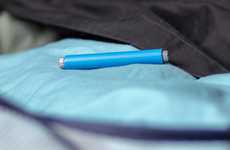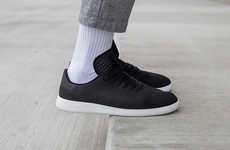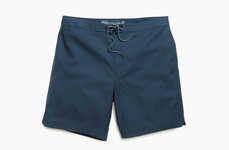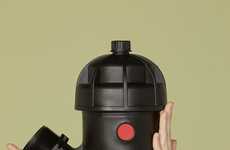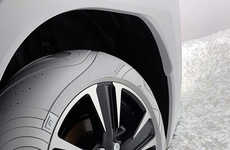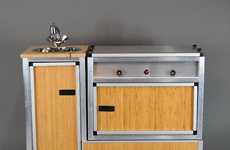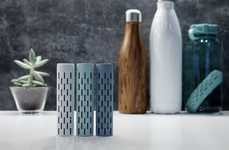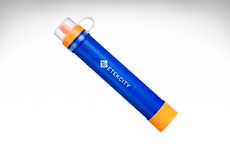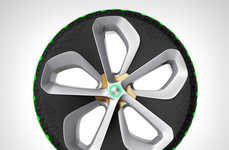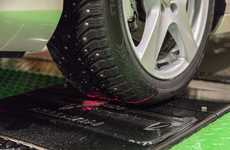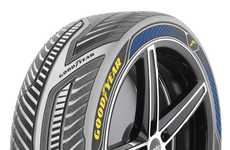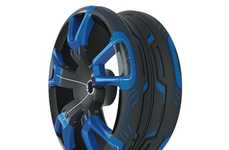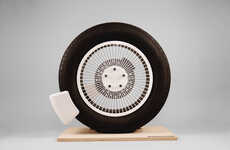
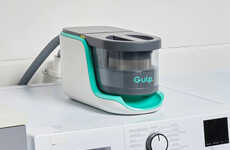
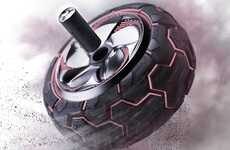

Brands are introducing special add-ons devices to capture microplastics
Trend - Brands and designers are coming up with solutions that seek to curb the emissions of microplastics, as well as their possible consumption. These devices are beginning to be implemented across industries—from home appliances to autos.
Insight - Contemporary consumers are aware now more than ever about the state of the environment and as they aim to make more sustainable choices, many are looking to sources of pollution in their own lifestyle. This creates a demand for design solutions that will seamlessly assist consumers in being more eco-conscious, which gives them peace of mind—both in terms of their own health and safety, as well as that of the planet.
Insight - Contemporary consumers are aware now more than ever about the state of the environment and as they aim to make more sustainable choices, many are looking to sources of pollution in their own lifestyle. This creates a demand for design solutions that will seamlessly assist consumers in being more eco-conscious, which gives them peace of mind—both in terms of their own health and safety, as well as that of the planet.
Workshop Question - How can your brand help consumers address pollution sources in their lifestyle?
Trend Themes
1. Microplastic Filtering Devices - Brands and designers are introducing specialized devices that take hold of microplastics to reduce their release into the environment.
2. Microplastic Filtration Appliances - The use of internal filters in appliances, like home appliances and autos, helps to prevent microplastics from entering city sewers, bodies of water, and ultimately avoiding ending up in our food.
3. Sound Wave Technology for Filtration of Microplastics - BAW technology is being used to create microplastic filters that use sound waves instead of a physical filter to remove microplastics which contribute to pollution and plastic waste in the environment.
Industry Implications
1. Home Appliance Industry - There is a need for home appliance companies to innovate by manufacturing more efficient microplastic filtering devices for washing machines as the majority of clothing is now crafted with plastic fibers that shed when laundered.
2. Automotive Industry - Autos contribute to pollution and particle emissions created by vehicles, so there is a need for innovative solutions like The Tyre Collective and Pureback Nexen tires to reduce microplastics particles from tires.
3. Environmental Industry - The need for design solutions that will seamlessly assist consumers in being more eco-conscious creates new market opportunities for companies creating innovative microplastic filtering devices and solutions. This is a crucial step towards environmental safety and human health.


